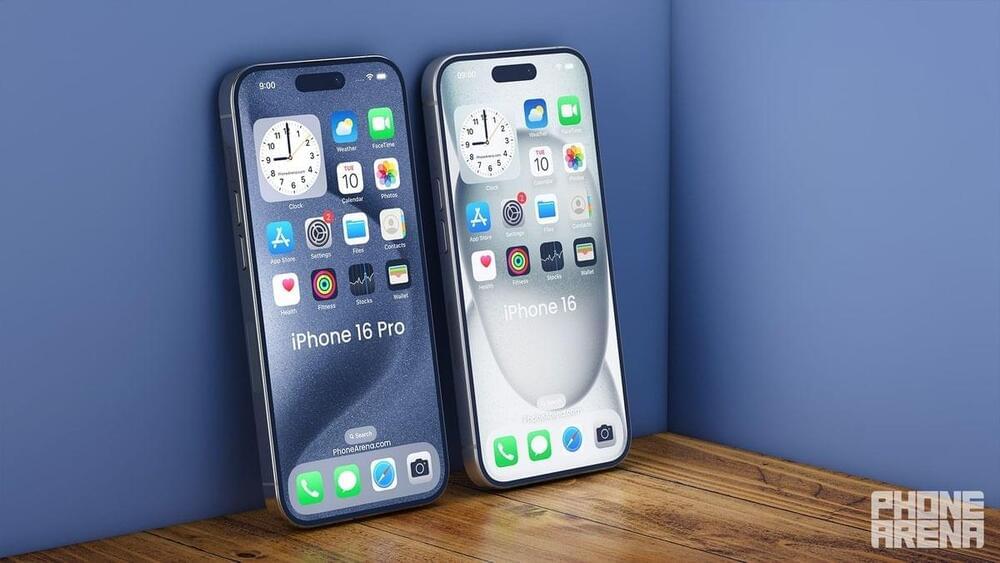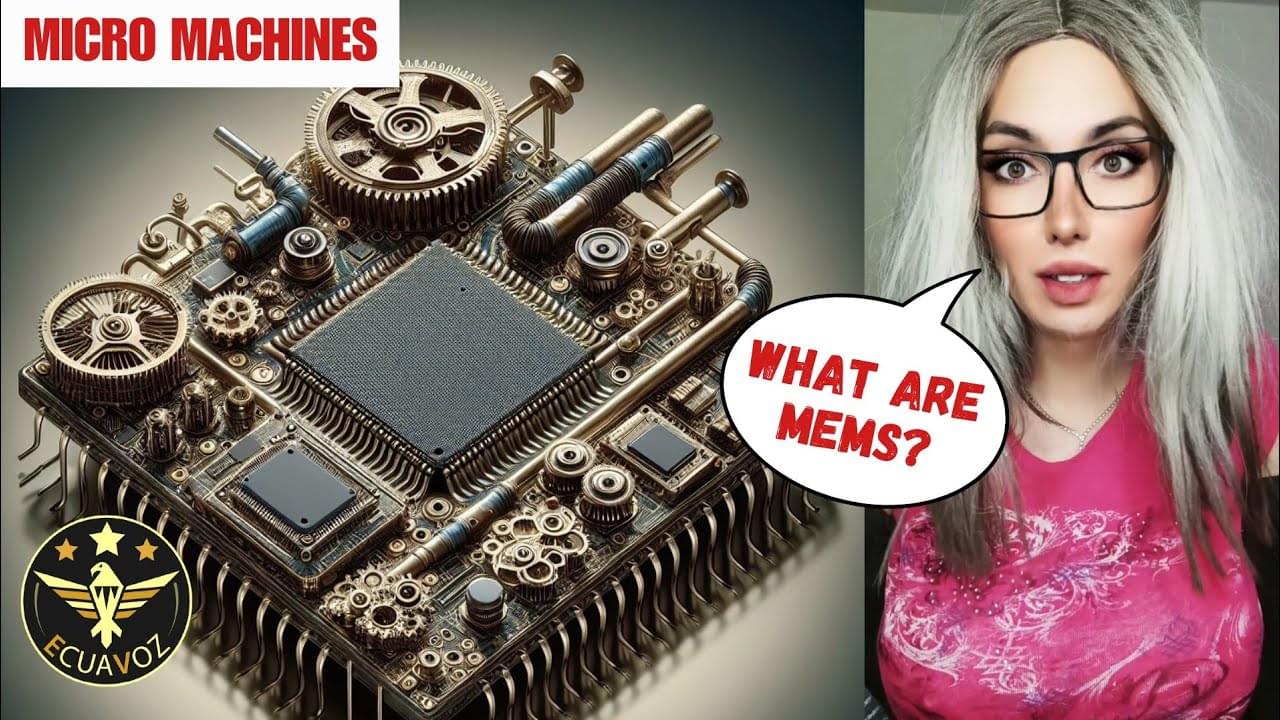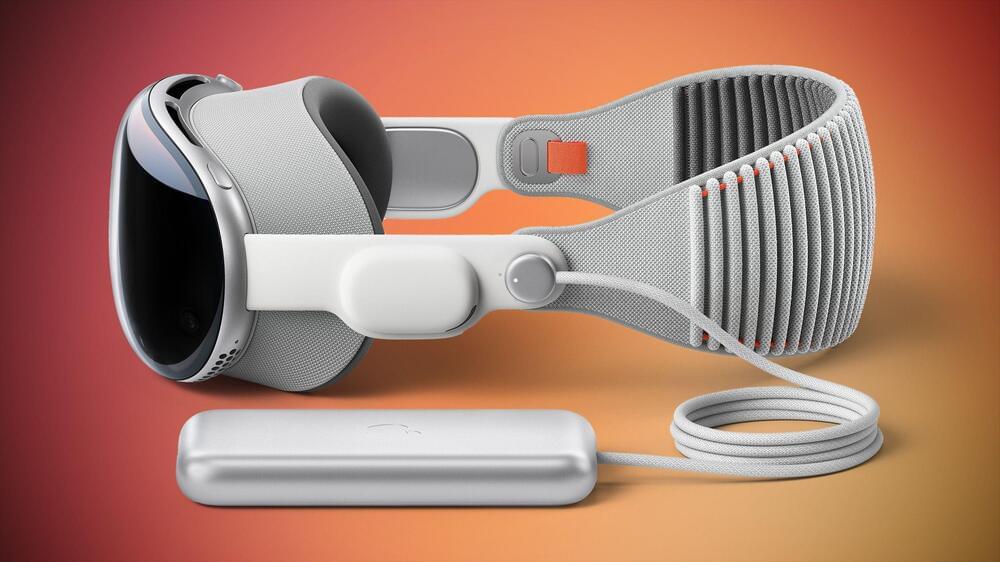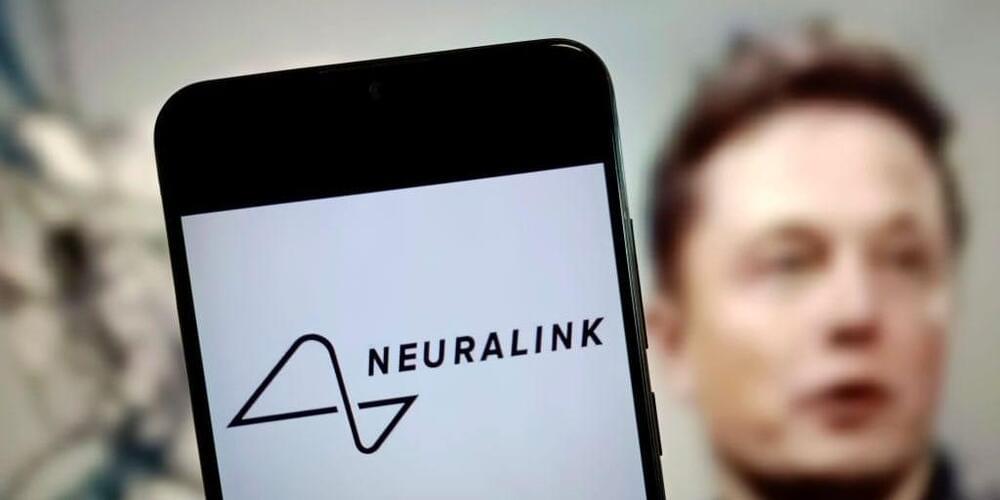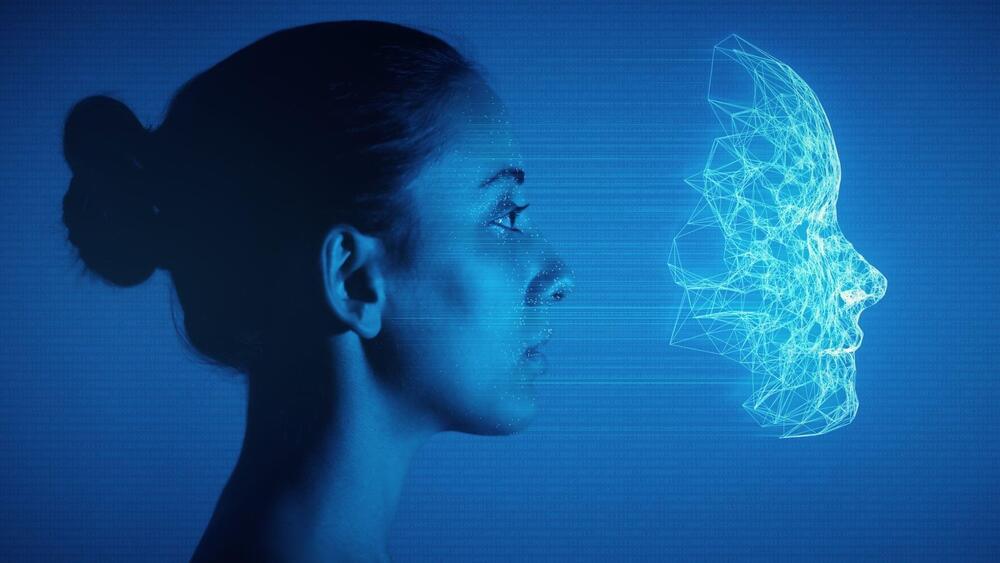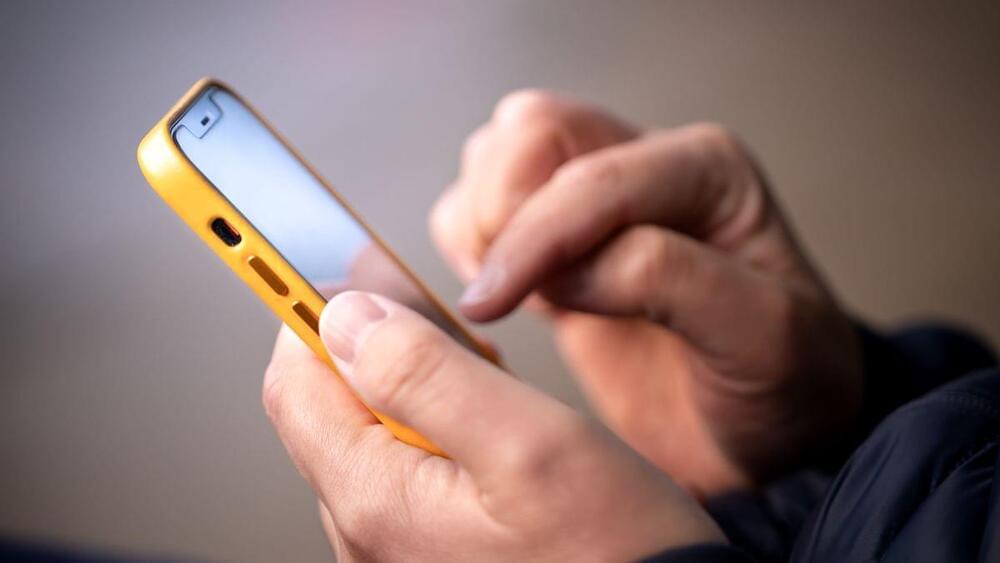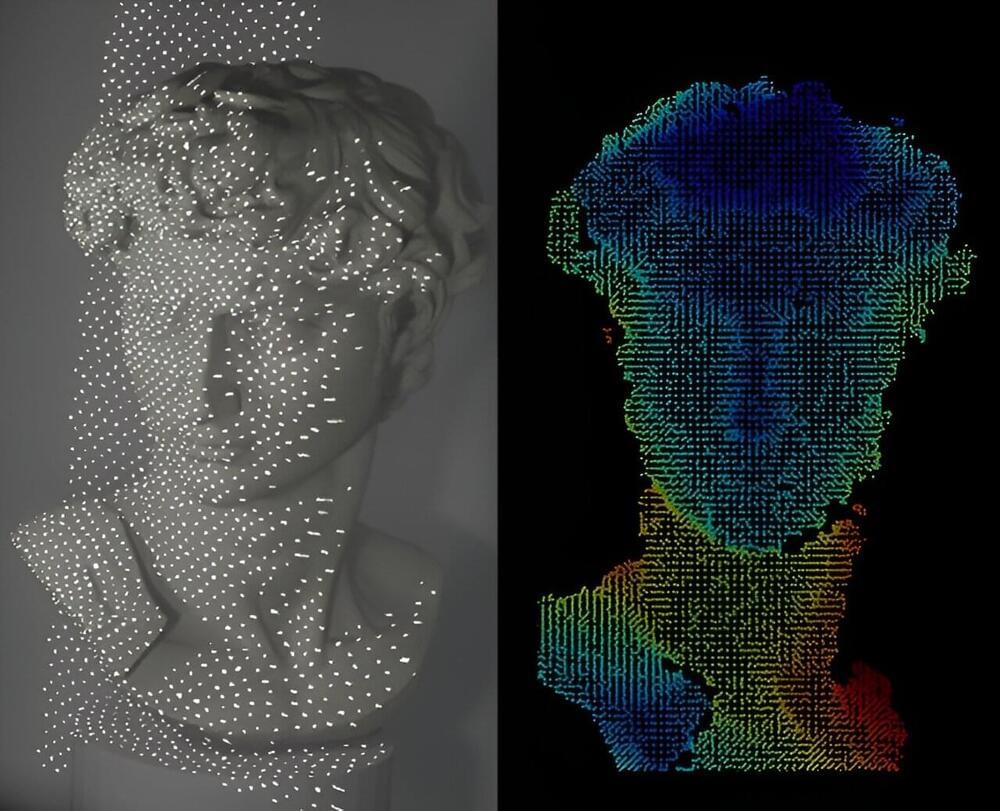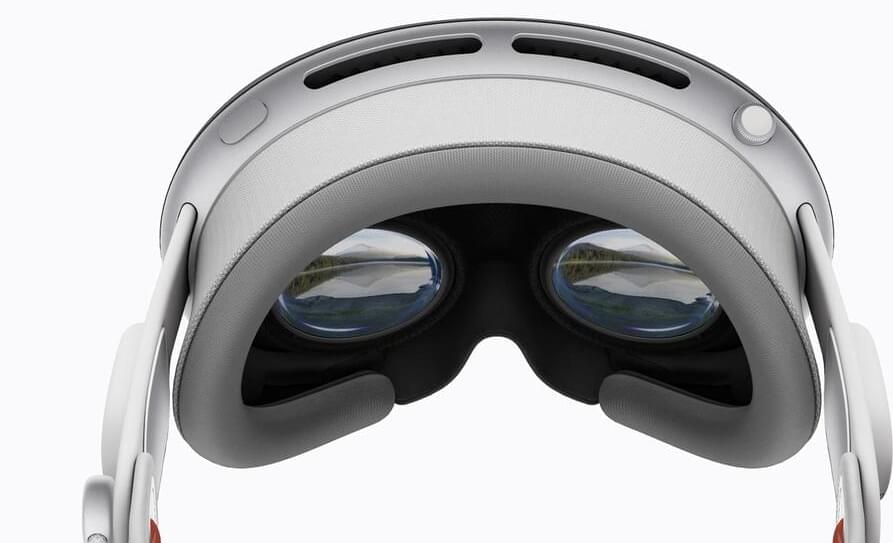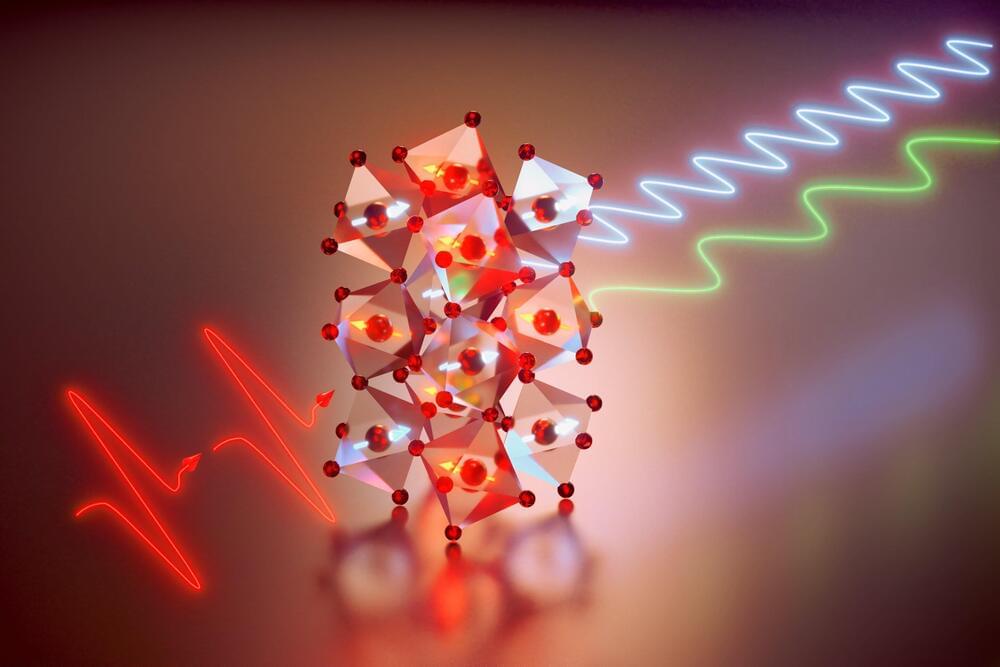Apple is reportedly looking to use graphene to reduce thermal issues on the iPhone 16 Pro series.
Category: mobile phones
The creation of an artificial intelligence (AI) system that can analyze retinal fundus images to detect chronic kidney disease (CKD) and type 2 diabetes mellitus (T2DM) represents a groundbreaking advancement in medical technology. This AI model, developed using a substantial dataset of retinal images and advanced convolutional neural networks, has demonstrated exceptional accuracy in identifying these conditions. Its capability extends beyond mere detection, as it also shows promise in predicting the progression of these diseases based on retinal imaging and clinical metadata.
A notable innovation of this AI system is its ability to analyze smartphone images. This feature significantly enhances the accessibility of sophisticated diagnostic tools, especially in regions with limited healthcare resources. The AI model paves the way for more widespread and convenient health screenings by enabling ubiquitous smartphone technology for medical imaging. This development is particularly impactful in enhancing healthcare delivery and access, as it brings critical diagnostic capabilities into the hands of more people, even in remote or underserved areas.
The AI’s proficiency in predicting the future development of CKD and T2DM is another aspect of its novelty. This predictive ability is crucial for timely intervention, potentially altering the trajectory of these chronic illnesses. Early detection and management are vital in battling CKD and T2DM, and this AI model’s predictive power could significantly improve patient outcomes.
https://youtu.be/tLtbWNi-Cgc?si=3i8BqTCAodSKnpkc
Micro Electro Mechanical Systems (MEMS) are miniature devices that integrate mechanical elements, sensors, actuators, and electronics on a single silicon chip. These systems serve diverse applications, such as accelerometers in smartphones, gyroscopes in navigation systems, and pressure sensors in medical devices. MEMS devices can detect and respond to environmental changes, enabling the creation of smart, responsive technologies. Their small size, low power consumption, and ability to perform various functions make MEMS crucial in fields like telecommunications, healthcare, automotive, and consumer electronics. Learn more about this tiny machines with this video!
#science #technology #microscopic #nanotechnology #robotics #engineering
Apple CEO Tim Cook today sent out a memo to employees, thanking them for their work on the Apple Vision Pro headset that was introduced today. In the memo, which was shared by Bloomberg, Cook compared the Vision Pro to the Mac, iPhone, iPad, and Apple Watch, and said that it is joining Apple’s “pantheon of groundbreaking products” that have both “defined Apple” and “redefined technology as we know it.”
Cook visited Apple Store Fifth Avenue in New York for the Vision Pro launch, and he said it was “incredible” to watch people try out the Vision Pro for the first time and see the “impossible become possible.”
Elon Musk said Neuralink’s first patient was recovering well after being implanted with a product called Telepathy.
Facial recognition is a technology that can identify or verify a person’s identity based on their face. It can be used for various purposes, such as unlocking smartphones, verifying identities at airports, or finding missing persons. However, facial recognition also seriously threatens personal privacy, as it can be used to track, monitor, or profile people without their consent or knowledge. For example, some governments or companies may use facial recognition to spy on citizens, customers, or competitors or to collect and sell their data.
How can we prevent facial recognition from invading our privacy?
To protect our facial privacy, some researchers have proposed different methods to prevent facial recognition from working. These methods, collectively called anti-facial recognition (AFR), aim to hide, distort, or replace the faces in images or videos. For instance, some AFR methods use masks, makeup, glasses, or hats to cover or alter facial features. Other AFR methods use software to blur, pixelate, or swap the faces in digital media.
Many people are familiar with facial recognition systems that unlock smartphones and game systems or allow access to our bank accounts online. But the current technology can require boxy projectors and lenses. Now, researchers report in Nano Letters a sleeker 3D surface imaging system with flatter, simplified optics. In proof-of-concept demonstrations, the new system recognized the face of Michelangelo’s David just as well as an existing smartphone system.
3D surface imaging is a common tool used in smartphone facial recognition, as well as in computer vision and autonomous driving. These systems typically consist of a dot projector that contains multiple components: a laser, lenses, a light guide and a diffractive optical element (DOE).
The DOE is a special kind of lens that breaks the laser beam into an array of about 32,000 infrared dots. So, when a person looks at a locked screen, the facial recognition system projects an array of dots onto most of their face, and the device’s camera reads the pattern created to confirm the identity. However, dot projector systems are relatively large for small devices such as smartphones. So, Yu-Heng Hong, Hao-Chung Kuo, Yao-Wei Huang and colleagues set out to develop a more compact facial recognition system that would be nearly flat and require less energy to operate.
The first reviews for Vision Pro are live, highlighting a ton of great, good and not-so-great things about Apple’s first mixed reality headset.
The $3,500 Vision Pro is set to launch on February 2nd, but it seems the first reviews are already out from a select number of outlets, including CNET, The Verge, The Wall Street Journal, and CNBC.
As demands for computing resources continue to increase rapidly, scientists and engineers are looking for ways to build faster systems for processing information. One possible solution is to use patterns of electron spins, called spin waves, to transfer and process information much more rapidly than in conventional computers. So far, a major challenge has been in manipulating these ultrafast spin waves to do useful work.
In a significant leap forward, researchers from The University of Texas at Austin and MIT have developed a pioneering method to precisely manipulate these ultrafast spin waves using tailored light pulses. Their findings are detailed in two studies in Nature Physics, led by MIT graduate student Zhuquan Zhang, University of Texas at Austin postdoctoral researcher Frank Gao, MIT’s professor of chemistry Keith Nelson and UT Austin assistant professor of physics Edoardo Baldini.
A key component underlying our smartphones, the internet and cloud computing is magnetic data recording technology for storing and retrieving vast amounts of information. This technology hinges on the manipulation of the magnetic spin states (up and down) in ferromagnetic materials, representing the binary bits “0” and “1.” These spins are minuscule magnets, whose alignment determines the material’s magnetic properties.
